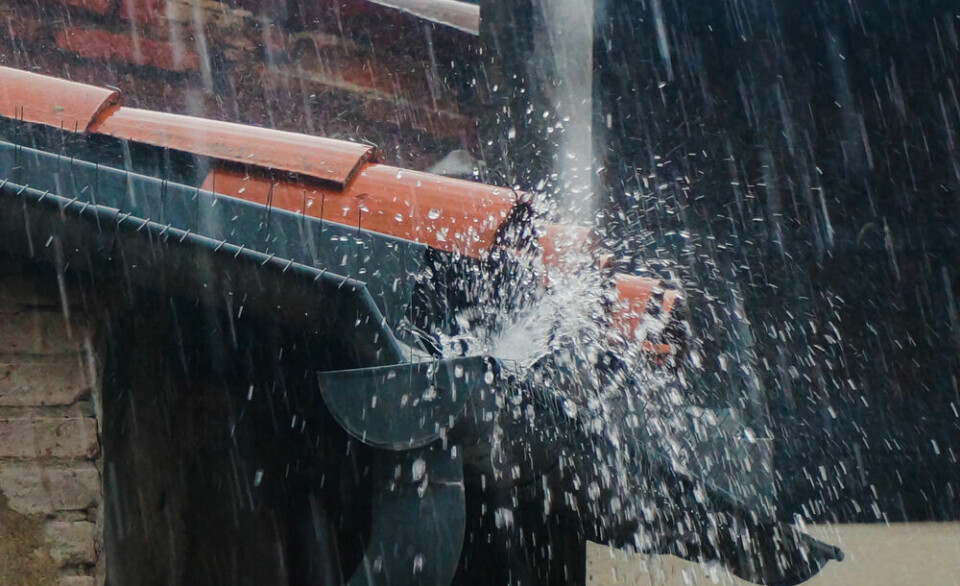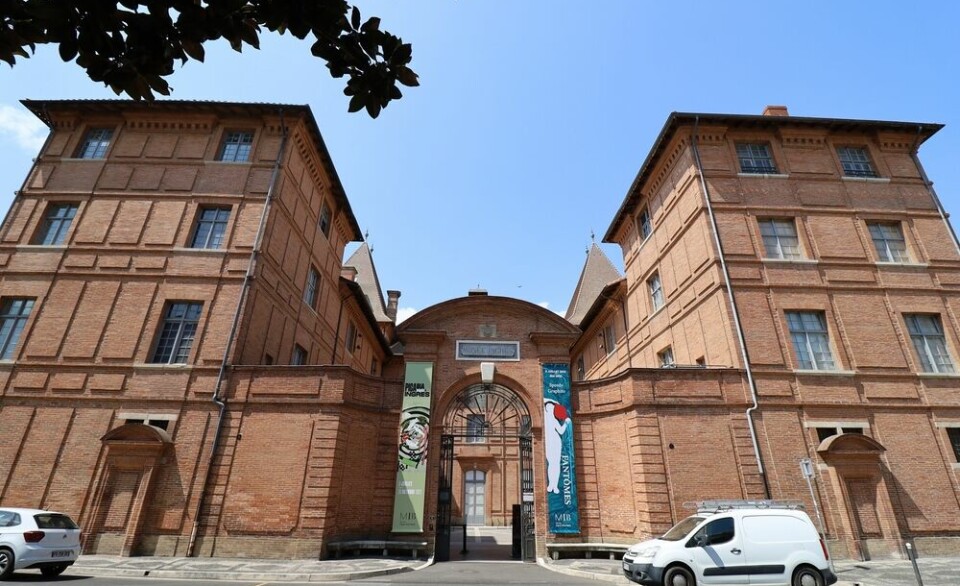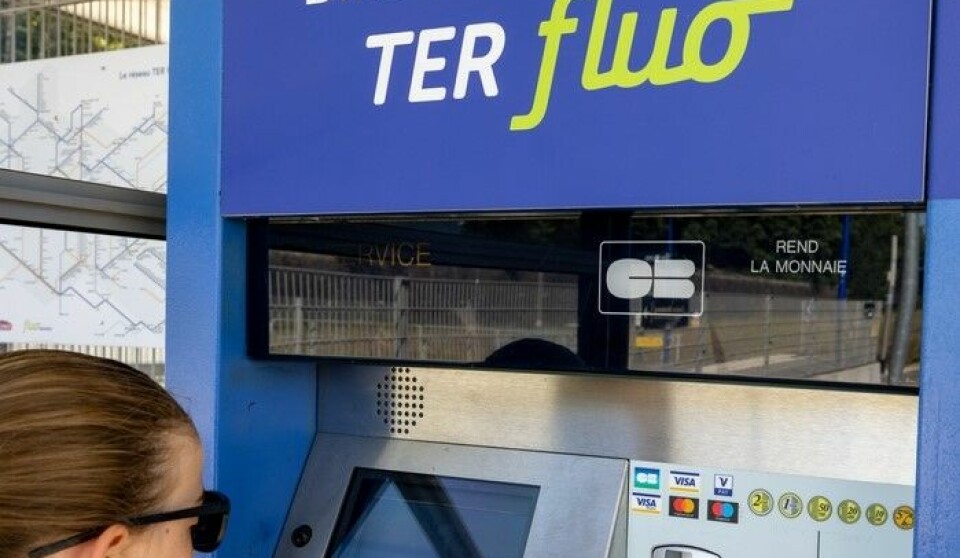Update: France’s A13 motorway closed for days, huge traffic jams
Crack in road has already damaged drainage apparatus of motorway
The crack caused the motorway to close on Thursday. The inset photo from BFMTV shows the crack on the road.
BFMTV / JeanLucIchard / Shutterstock.
Some drivers around Paris faced more than 350 km of traffic jams, as a major road linking Paris and Normandy remained closed at the start of this week.
A stretch of the A13, which links the capital with Rouen and Caen, was closed last Thursday (April 18) over safety concerns, when a large crack appeared on an overpass close to Paris.
Read more: Part of Paris-Normandy motorway closed to traffic due to road defects
Assessment of the motorway began over the weekend but it remained closed today (April 22), leaving hundreds of thousands of drivers needing to find alternate routes to the city.
Particularly busy roads included the N12, A86 and N118, all close to the usual path of the motorway around the Parisian suburbs.
A peak of around 370km of traffic was recorded this morning by traffic analysis site Sytadin in the area – and 450 km across the rest of the capital region – and a similar level is again expected during this evening’s rush hour.
The road may be open “by the middle of the week,” but only in a “best-case scenario” said Sophie Dupas, deputy director of the Île-de-France road authority (DiRIF) to France Bleu earlier today.
Ad
If not, other engineers have claimed it could take weeks or even months for the defect to be repaired and the road reopened.
Read more: Ways to avoid queues at motorway tolls in France
‘Unusual’ crack in road behind closure
Ad
Around 5km of the road was closed in both directions on Thursday, after the emergence of a large crack in the road on a viaduct between Vaucresson and the Saint-Cloud tunnel.
Ad
This however, is very close to where the motorway reaches Paris, effectively cutting off drivers wanting to use it to get in and out of the city, who need to find alternative routes in the meantime.
The crack that appeared is “unusual” said Miss Dupas, which “leads [authorities] to believe that there is a deep-seated ground movement,” which could cause further issues.
It was quickly filled to prevent water filling the hole, and a series of geological tests were carried out over the weekend.
Test data will be available today, allowing the DiRIF to plan its next steps and know how long the disturbance will last.
It is already aware, however, that at least one part of the overpass where the crack appeared – a drainage apparatus for the road – had been affected.
It is hoped the damage is mainly superficial, allowing repairs to be carried out without having to restructure too much of the viaduct.
The motorway will only be reopened “if the safety conditions are met,” Miss Dupas added.




























